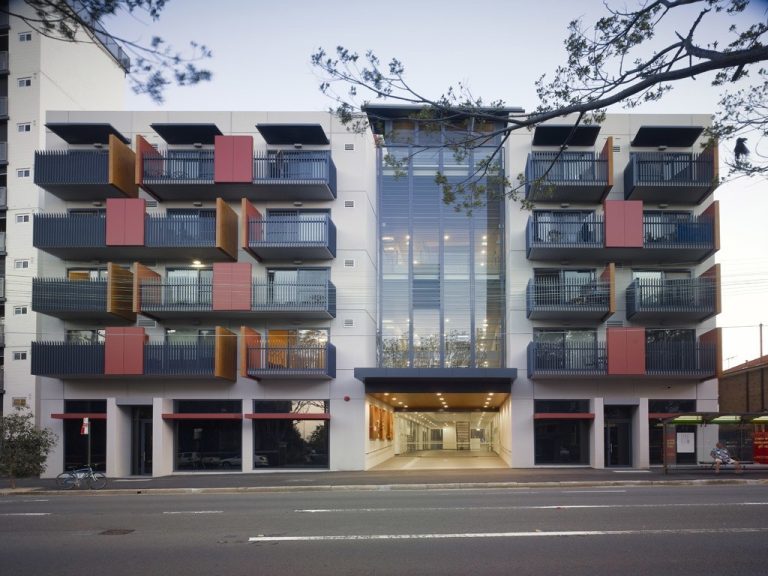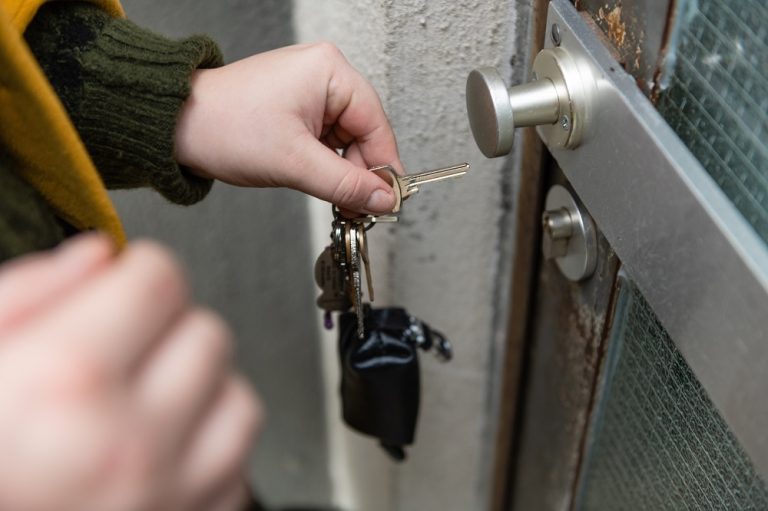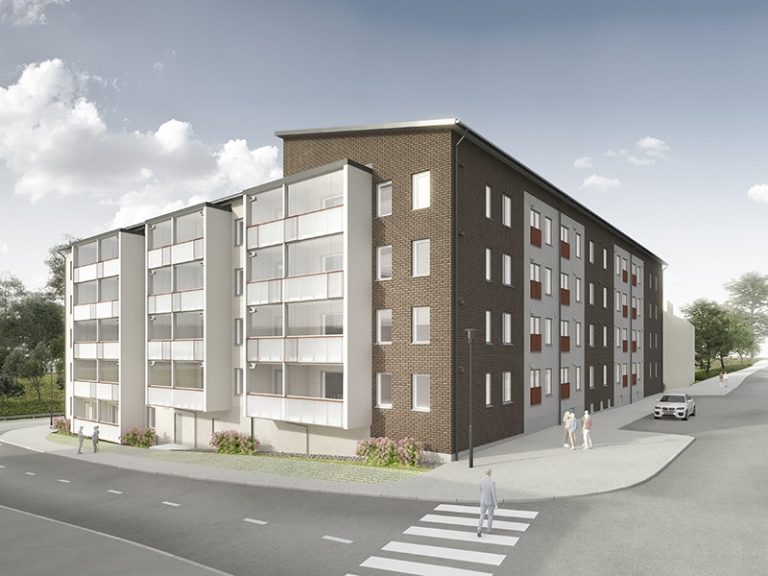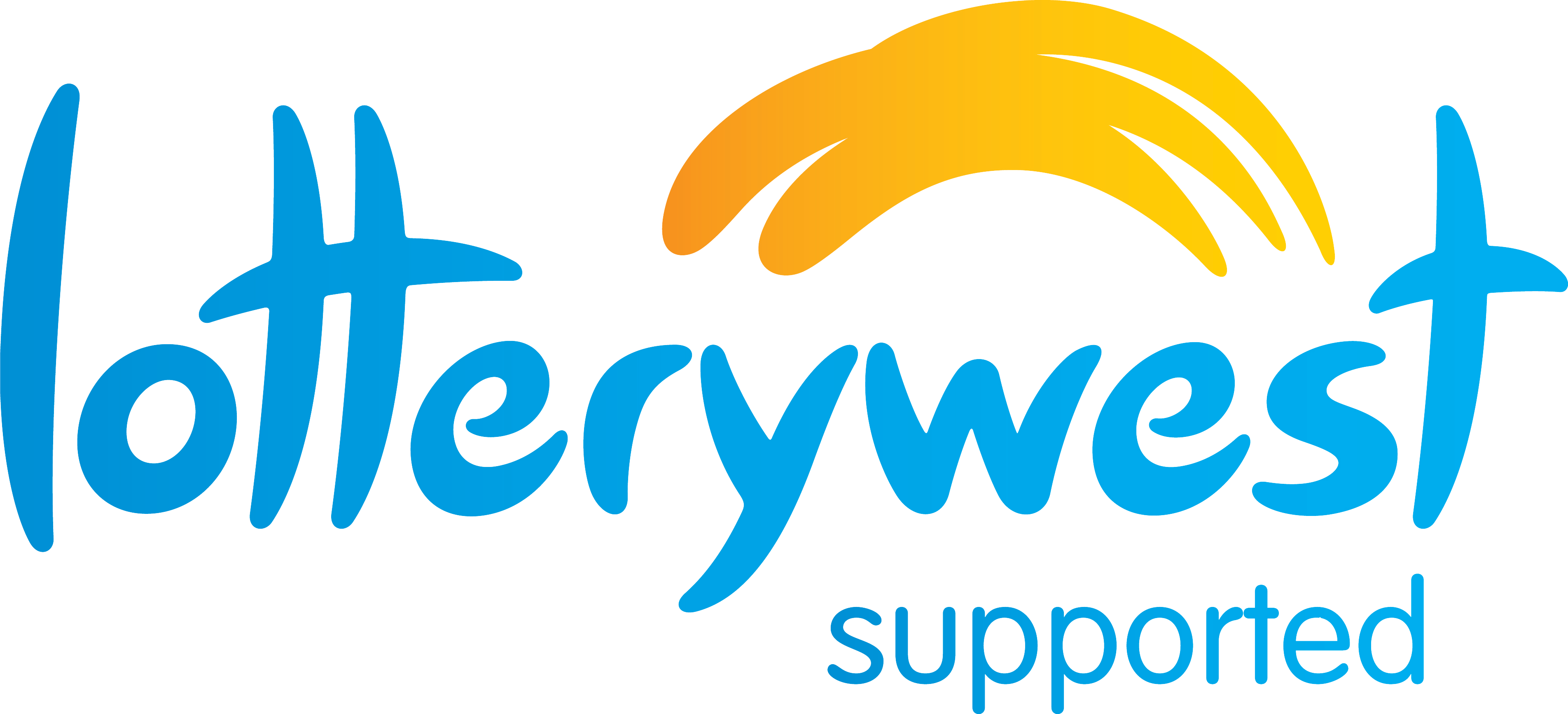50 Lives 50 Homes (50 Lives) was a Housing First project established to provide safe and stable long-term housing and support to the most vulnerable rough sleepers in Perth, WA.Through a collective impact approach, Ruah Community Services provided the backbone support for 50 Lives, bringing together across-section of more than 30 organisationsand agencies spanning areas homelessness, health, welfare and community service sectors.
Using a Housing First approach and adapting it to the WA context, the 50 Lives program has housed and supported over 240 people as of September 2019 and remains committed to providing ongoing support for as long as individuals require. Given the lack of available housing, the project used a vulnerability index (VI-SPDAT) as a tool to prioritise housing and support for the most vulnerable.
Built form
Following a scatter-site model to Housing First, the 50 Lives program has successfully assisted clients into186existing social and private rental homes. According to a recent report, 50 per cent of housing was provided by the Housing Authority and 26 per cent provided by community housing providers (Foundation Housing, Access Housing and Community Housing Ltd). A further 24 per cent of clients have been assisted to move into private rental accommodation or other forms of supportive accommodation.
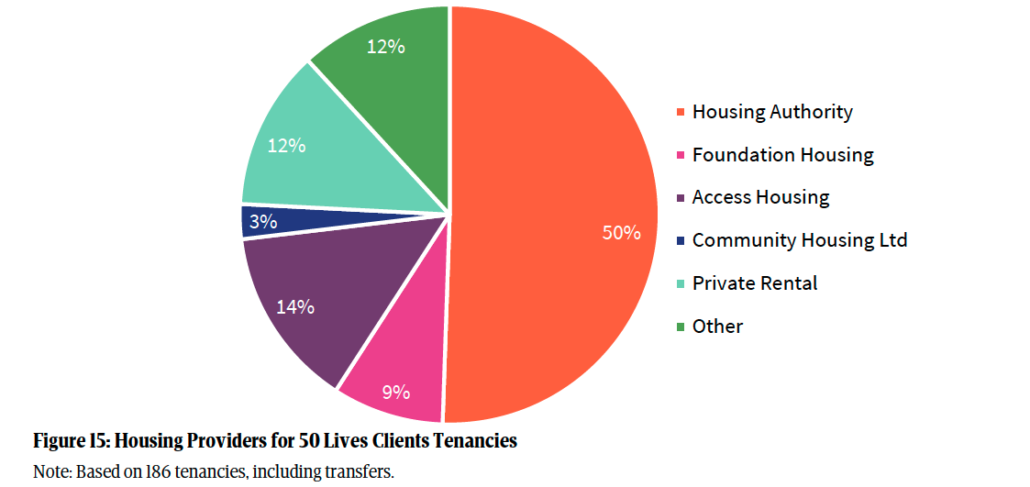
Given the shortage of available social housing, program team members often took it upon themselves to source private rental housing for clients on a case-by-case basis. Low density, single-bedroom properties constitute the most appropriate dwelling type for many clients yet continue to remain in short supply.
50 Lives’ clients have been housed across more than 70 suburbs in Perth, with the majority located within 10kms of the Perth CBD. As the type and location of housing are critical to positive tenant outcomes, housing was allocated using a “best fit” approach with specific consideration given to needs and preferences of the person. This approach also ensured that clients were housed within proximity of key amenities such as shops, parks, schools, public transport, health services and the like.
Financial details
Unlike many Housing First programs that receive time-limited funding from government and non-government entities, the housing component of 50 Lives is dependent on the continued support of partner organisations, agencies and philanthropy. Brokerage funding was raised through the 50 Lives program to provide clients with essential appliances and furniture in their new homes.
Property and tenancy management
The tenancies are managed by the participating housing providers. Meanwhile, 50 Lives case workers and support services continue to play an integral role assisting clients before, during and after a client has received housing. For example, the After-Hours Support Service (AHSS) work closely with each case worker to assist clients to remain housed and to ensure that appropriate levels of support is made available for as long as required. As of September 2019, reporting shows a client retention rate of 87 per cent after one year in addition to decreases in hospitalisation (47%), reported offence (35%) and move on orders (62%).
Evolution of the 50 Lives 50 Homes project
Building on the initial success of 50 Lives, two additional Housing First projects were developed. Commencing in 2017, the Wongee Mia Pilot Project constitutes a family-centred pilot Housing First initiative to support First Nations individuals experiencing intergenerational homelessness. In mid-2019, the place-based 20 Lives 20 Homessister-program was established in Fremantle to provide permanent, supportive housing for 20 individuals who had experienced chronic homelessness.
In contrast to the 50 Lives program, a distinguishing feature of 20 Lives involved a government funded rental subsidy scheme led by the community housing provider Foundation Housing. Following the success of international examples, this trial initiative was seen as way to circumvent social housing waitlists and access safe, secure housing for program clients. Private rental homes were head-leased by Foundation Housing and the subsidy enabled tenants to pay no more than 25 per cent of their income for rent. Private landlords were sourced through print and social media notices, and effort was made to attain 12-24 month fixed lease agreements. Despite the rental supplement, a limited supply of rental housing coupled with the difficulty of finding private landlords willing to comply with a Housing First approach posed implications to the head-leasing component of the program.
More recently, 50 Lives has evolved into the Zero Project which works with communities across the Perth metropolitan area, Geraldton, Mandurah, Bunbury and Rockingham. An innovative component of the Zero project involves the use of an Advance to Zero methodology that counts down the number of people in need of housing as opposed to counting up to a set number of housing placements. To achieve functional zero, the By-Name List has been developed, which can describe as:
a tool that enables organisations from across the sector to collaboratively track and quantify homelessness, so local communities have access to a real time picture of how their service is working and can use that information to drive evidence-based improvements to help reduce rough sleeping and chronic homelessness (Ruah Community Services 2021).
The Zero Project receives funding from the State Government’s Housing First Homelessness Initiative with supplementary funding received from Lotterywest to run the By Name List and deliver Housing First training to the community services sector.
Further information
For further information about 50 Lives 50 Homes and the Zero Project, please visit: https://www.ruah.org.au/services-support/housing-and-homelessness/zero-project/
Additional resources
Key quotes that could be included
‘The uptake and implementation of Housing First in Australia has been hampered by substantial shortages in affordable housing stock. This has been a substantial challenge for the 50 Lives program’s ability to rapidly house people, with some individuals waiting over a year for permanent housing and receiving support prior to permanent housing.’ (Vallesi, Wood et al. 2020,11)
‘While 50 Lives may not always reflect typical Housing First models (where housing indeed comes first), it does reflect the reality of a housing system under significant pressure and a homelessness sector responding to the needs of their clients to the best of their ability with available resources’(Vallesi, Wood et al. 2020, xvii).

Program evaluations and reports
50 Lives 50 Homes, A Housing response to endling homelessness: first evaluation report — Centre for Social Impact UWA (2017): https://www.csi.edu.au/media/50_Lives_50_Homes_FINAL_-_electronic_version.pdf
50 Lives 50 Homes, A housing response to endling homelessness: second evaluation report — Centre for Social Impact UWA (2018): https://www.csi.edu.au/media/Final_2nd_50_Lives_Report.pdf
50 Lives 50 Homes, A housing response to endling homelessness: Third evaluation report — Centre for Social Impact UWA (2020): https://www.csi.edu.au/media/50_Lives_Third_Evaluation_Report.pdf
An evaluation snapshot: Aboriginal experiences of Housing First — Centre for Social Impact, UWA (2021): https://www.ruah.org.au/wp-content/uploads/2021/05/Aboriginal_Snapshot_Report_Final-April-2021.pdf?fbclid=IwAR0aez9S0E92yszIy8i3RIRZ_l7BGUi234cD9VKlcHeD0F_YNUAAZb-Fa9E Vallesi, S, Tighe, E, Herbert, B, Pontangaroa, M. and Watkins, L. (2020) Wongee Mia: An Innovative Family-Centred-Approach to Addressing Aboriginal Housing Needs and Preventing Eviction in Australia International Journal of International Research and Public Health,17(15), 5501,https://www.mdpi.com/1660-4601/17/15/5501

